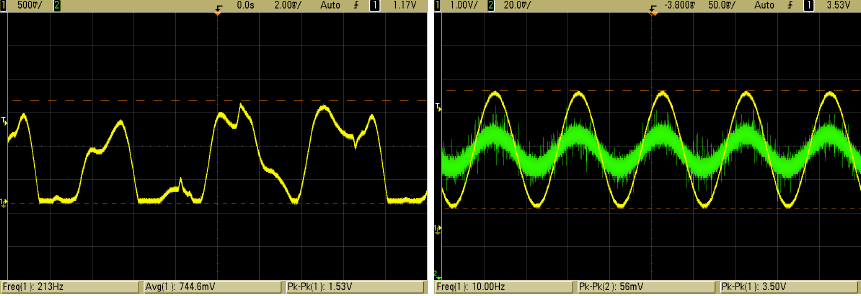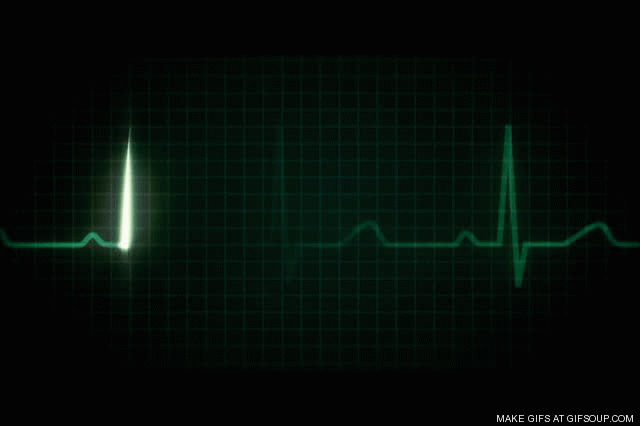Goals
Background
Routinely, the cycle of a heart is measured in a clinical setting using an electrocardiogram, or ECG. However, ECGs require 10-12 wired probes placed in direct contact with the skin. This requires irritating adhesives, conductive gels, and may require special treatments such as shaving the chest of the patient. Because of these factors, ECGs are typically stationary devices and are not suited for long term monitoring. It is important, however, to continually monitor the heart signal of patients at risk of cardiovascular arrhythmia or other heart diseases. An ideal solution would involve a durable portable system that could be used by a patient without assistance and with a minimum of training.
Motivation
The principle motivation for this project is to develop a method of monitoring heart activity for patients with heart disease, pacemakers, and other special heart conditions so the patient can lead a relatively active life without being confined to a specific region. The current 12-lead ECG systems in use are uncomfortable, non-portable, invasive and unsuitable for long-term use. By being able to monitor sickly patients remotely, peace of mind can be offered to extended family knowing that emergency services can be dispatched in the event of cardiac arrest, or irregular heart patterns.
Scope
To that end, the project that our group has chosen for ELEC 399 is a Wireless Electrocardiogram. The purpose of this device is to transmit data about a personís heart rate in real time, using non-intrusive, low power, band-aid sized probes to a smartphone. The smartphone will receive the output from the ECG via bluetooth and either store it for later analysis or upload it for analysis in real time. The smartphone will also be able to detect when the output indicates a medical emergency, such as cardiac arrest, and call an ambulance on behalf of the patient.

